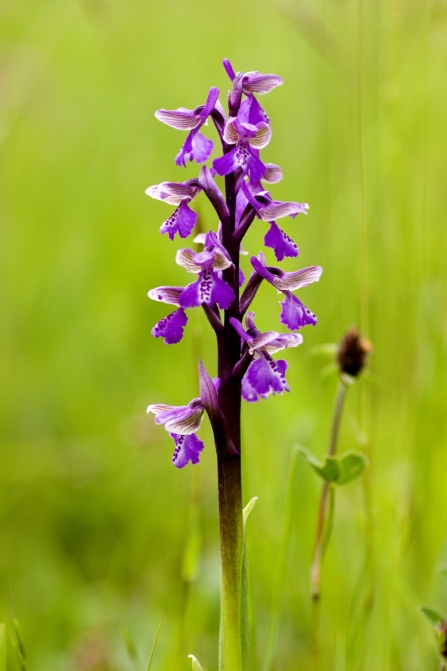In the face of the catastrophic loss of 97% of our wildflower meadows since the 1930s, the plan was to create new and restored meadows using donor seed from remaining fragments of ancient and traditional meadows.
The Wildlife Trusts and Plantlife – charities for whom the former Prince of Wales was patron – worked together to identify 60 species-rich meadows, are known as Coronation Meadows, one for every year of the Queen’s reign at that time. These special places became donors to provide precious seed to increase the amount of valuable and beautiful wildflower habitat elsewhere.
Worcestershire Wildlife Trust’s Hollybed Farm Meadows nature reserve, near Castlemorton in the south of the county, became Worcestershire’s Coronation Meadow.
Far Starling Bank, a Site of Special Scientific Interest within the nature reserve, has had some of the seed removed and scattered onto surrounding fields.
Tomos Holloway, the Trust’s manager of Hollybed Farm Meadows, explained “We’ve been thrilled with the results of a decade’s worth of restoration at Hollybed.
“When we took on management on the site, the fields were golden with buttercups but very little else. We’ve spent the last ten years reducing nutrients in the soil and collecting and spreading wildflower seeds from the stronghold of Far Starling Bank.

